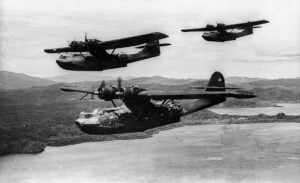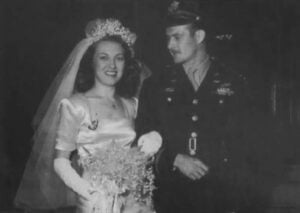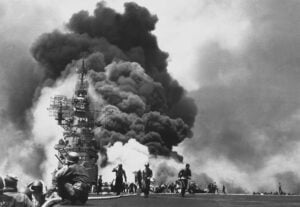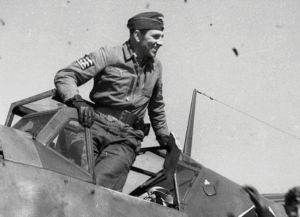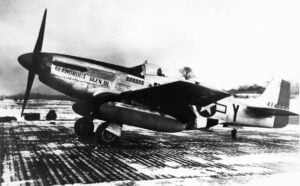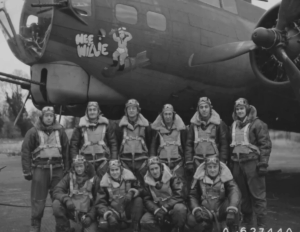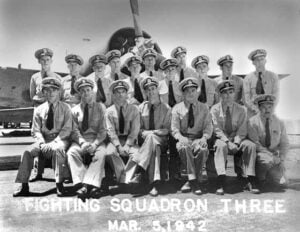What If One F-35 Entered WWII—Could It Win the Entire War?
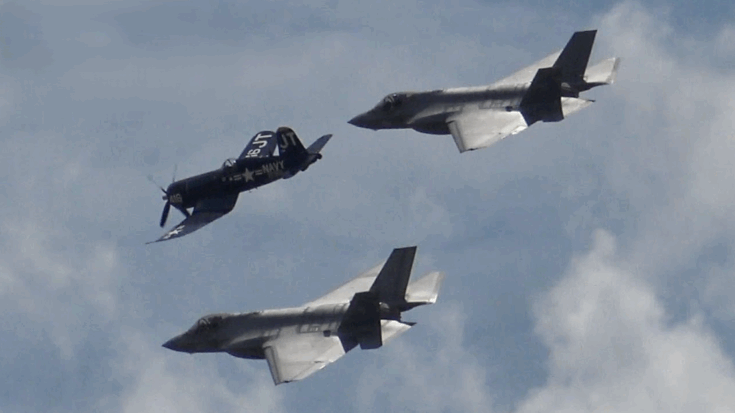
AEROWEPHILE / YouTube
A Jet from the Future Meets the Past
It is 1943. Europe’s skies thunder with the roar of piston engines as Spitfires and Messerschmitts twist and dive in deadly dogfights. American B-17 Flying Fortresses move in tight formations, braving anti-aircraft fire as they aim for the heart of German industry. Suddenly, a dark shape streaks across the horizon—faster than sound, unseen by radar, and armed with weapons far beyond the imagination of the time. Within moments, an entire squadron vanishes in flashes of light, torn apart by missiles that leave no smoke trails.
That shape is an F-35 Lightning II—a 21st-century stealth jet suddenly dropped into the middle of the Second World War. The question is simple: could it win the entire conflict on its own?
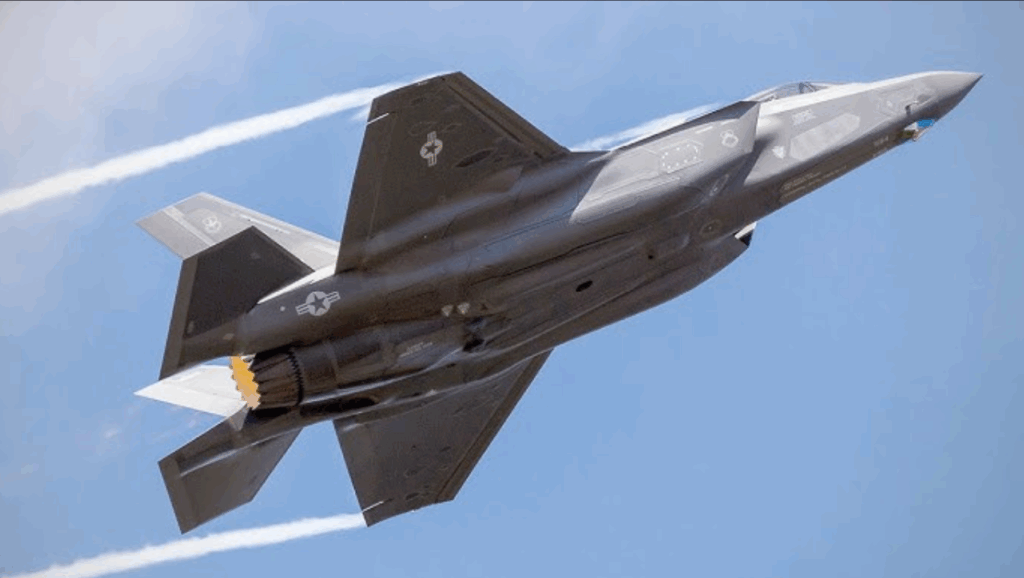
The Shock of Superiority
In the 1940s, fighter pilots flew propeller-driven aircraft with top speeds barely touching 400 miles per hour. Against that backdrop, the F-35—capable of speeds above 1,200 miles per hour—would appear otherworldly. It could vanish into clouds unseen, its radar signature nearly invisible, and strike from miles away before its enemies even realized they were being targeted. To the pilots of the era, it would look less like an aircraft and more like something beyond human invention.
The F-35’s weaponry alone would redefine the battlefield. Its 25mm GAU-22/A cannon could tear through any World War II aircraft with a single burst. Four AIM-120 missiles could destroy targets over 60 miles away, while AIM-9X Sidewinders would dominate close-range combat. Its precision-guided bombs could erase bridges, rail lines, or battleships with unmatched accuracy. Compared to this, the machine guns of the P-51 Mustang or Spitfire—powerful in their time—would be as effective as pebbles thrown at armor.
Firepower Beyond Comprehension
In World War II, destroying a single factory required hundreds of bombers and dozens of escort fighters. The F-35 could accomplish the same with one precision strike. Its sensors, targeting systems, and stealth design would make it untouchable. German air defenses, built to track large, slow-moving bombers, would find nothing to lock on to. Even radar operators would be baffled, watching as their screens showed nothing while their airfields burned.
But there’s a limit to every miracle weapon. Even the F-35 cannot escape the realities of war. Despite its unmatched technology, it remains only one aircraft—and the war of the 1940s was fought on a massive scale.
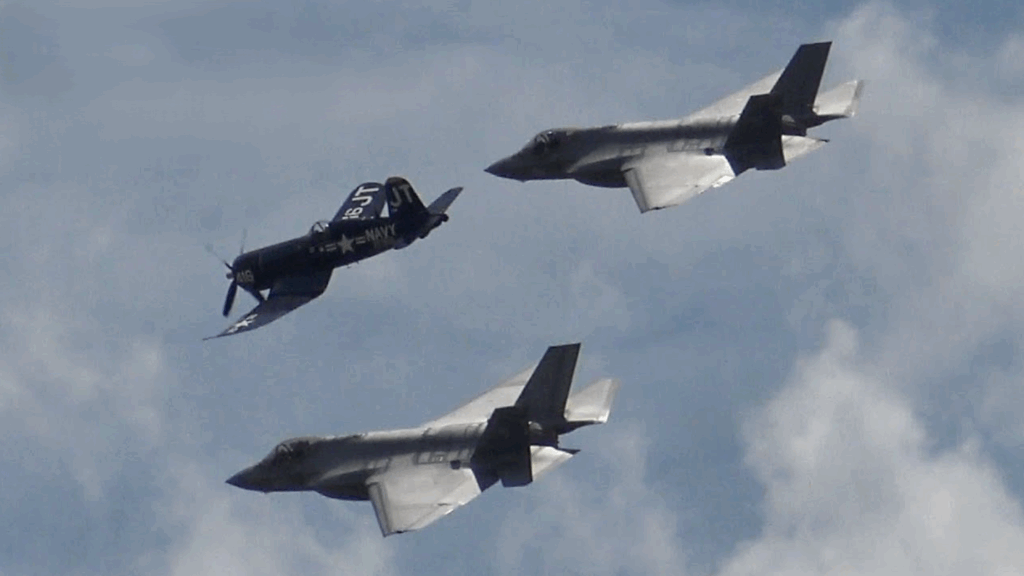
The Problem of Scale and Support
In Europe, thousands of aircraft filled the sky during major operations. In the Pacific, fleets launched hundreds of bombers and fighters at once. One F-35 could destroy dozens of planes per mission, but it could not be everywhere. It might crush squadrons and strike key targets, yet it would still face a war spread across continents.
Then comes the issue of logistics. The F-35 burns fuel at a staggering rate and depends on JP-8 jet fuel—something that did not exist in 1943. The gasoline and kerosene used during the war would destroy its engine. Even if the Allies captured it and tried to maintain it, they would lack the specialized tools, computers, and technicians required to keep it flying. In real life, each modern F-35 sortie depends on thousands of ground crew members and advanced diagnostics. Dropped into 1943, the jet would soon become a grounded artifact, its systems impossible to service.
A War Changed—For a While
Imagine, however, that the F-35 somehow had endless fuel and maintenance. The skies would change overnight. German defenses would collapse. In the Pacific, kamikaze raids would never reach their targets. The F-35 could strike refineries, shipyards, and communication lines with perfect accuracy, ending key battles before they began. At Normandy, its weapons could have destroyed coastal defenses in hours, saving thousands of lives.
But even in this scenario, the jet’s pilot would fight in isolation. Communication would be nearly impossible; the F-35’s encrypted systems would not match the analog radios of the 1940s. Allied troops might even mistake it for an enemy weapon. The pilot, alone and misunderstood, would bear the weight of immense power with no support network behind them.
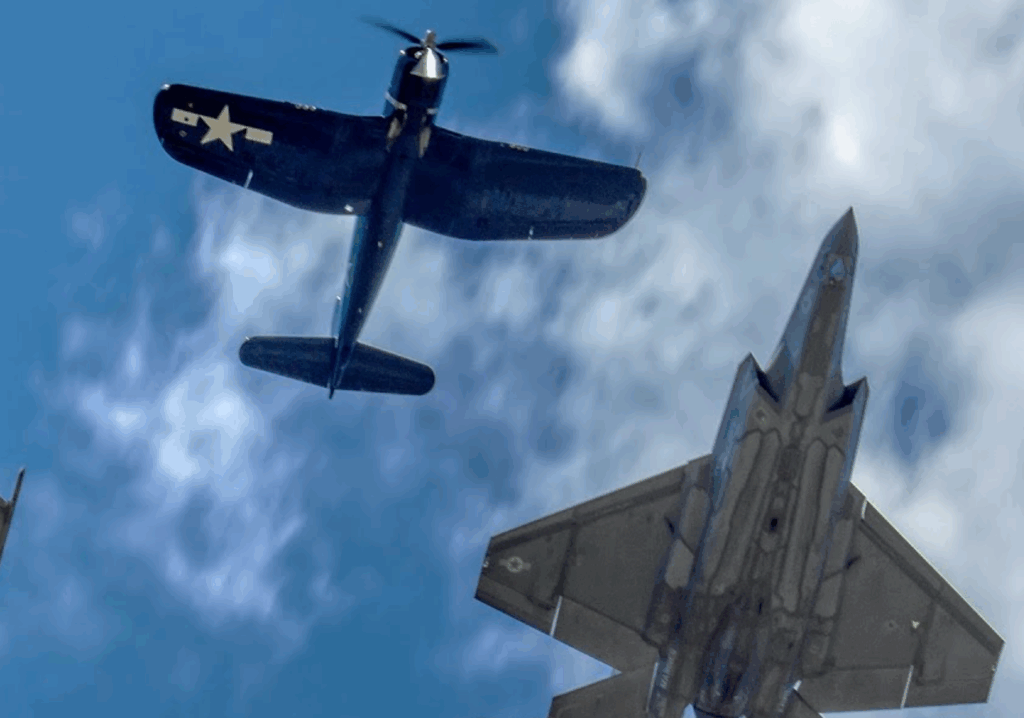
Power Without Permanence
For a few brief weeks—or perhaps months—the F-35 would dominate the war. Its speed, stealth, and weaponry would make it nearly invincible. Yet without fuel, spare parts, or a compatible support system, its reign would soon end. The war machine from the future would eventually sit silent in a hangar, its technology beyond the grasp of the time.
Still, during those fleeting moments above Europe and the Pacific, it would rule the skies like nothing ever had before—rewriting how humanity understood air combat, if only for a short while.













